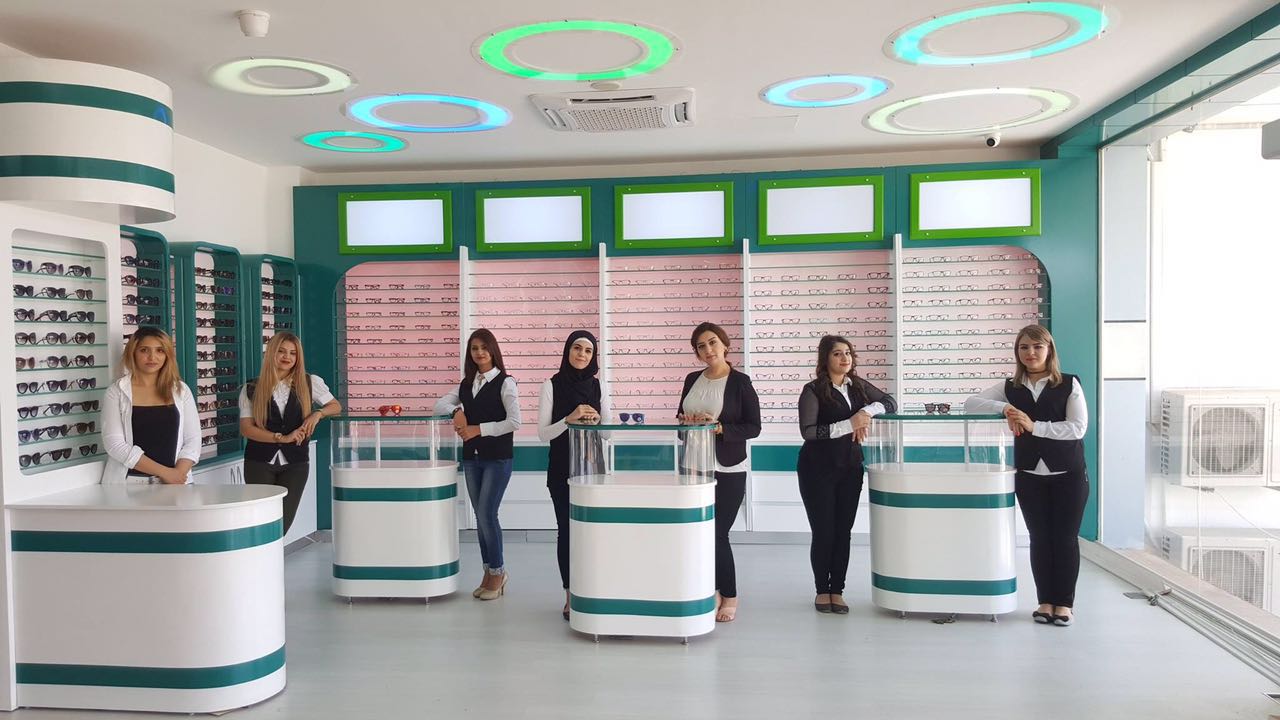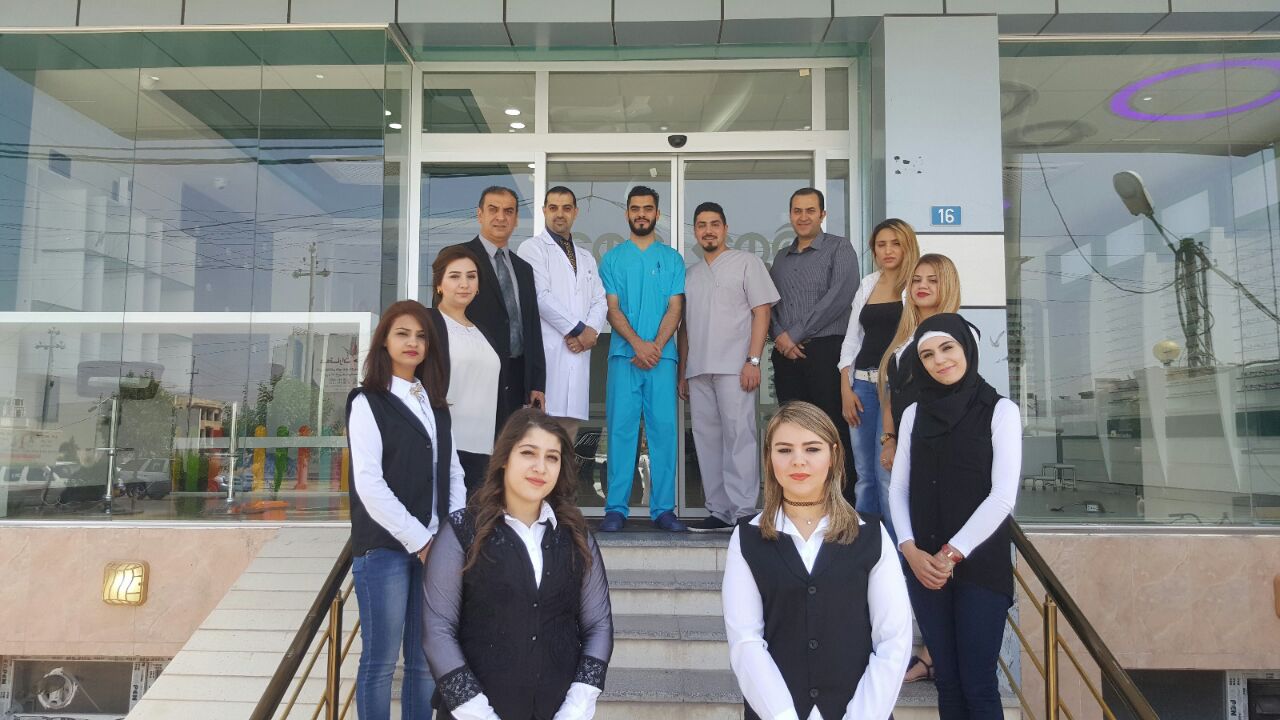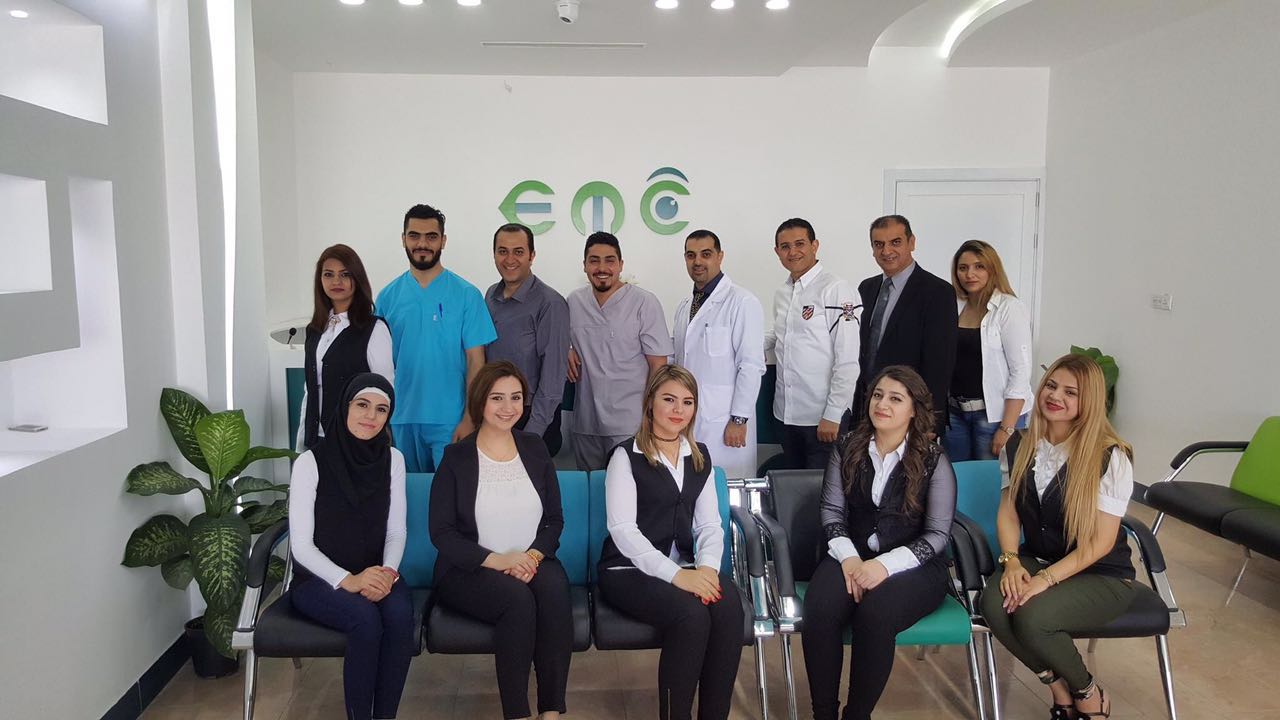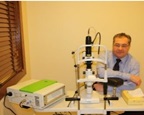Welcome To English Medical Center
Over many eye centers in Erbil , if you have vision problem you will be confused where is the right place to go, The English Medical Center came to help you. We, the staff of The English Medical Center, would like to take this opportunity to express our appreciation of your time and the privilege of serving you. We know that you have a choice and that there are many Centers out there. We would like to take a few minutes of your time to explain what sets us apart from the rest.
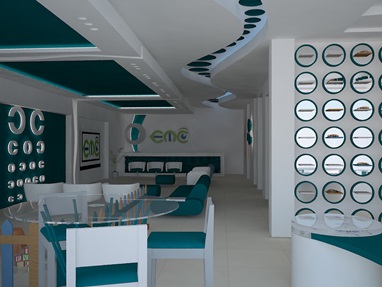
Why EMC ?
we are positive that after reading this information you will come to agree that we provide a more comprehensive approach to laser vision correction and total eye care. We want to be your laser vision group and your eye doctors now and for the years to come, Through surgeons characterized by excellent experience and high levels of scientific degrees from England and United States , using the most advanced medical technology in laser and eye care.
Our Services
The English Medical Center provides a wide range of professional services for your eye care needs. Our outstanding reputation has been based on the caring relationships we build with our patients, and our continued efforts to strive for excellence in the field of eye care.Our reputation is unsurpassed in both regular eye care services and surgical procedures, and as well, we have been leaders in the field of laser surgery.
Laser vision correction
Cataract surgery
Small incision, no stitch - no patch cataract surgery
Pediatric Ophthalmology and Adult Strabismus
Diabetic exams and laser treatment
Complete eye exams
Contact lens fitting
Glaucoma management with computerized testing
Complete optical shop on premises
Vetro-Retinal treatment and surgery
Oculoplastic surgery and Artifacial eyes
Keratoconus treatment and cross linking
Keratpplasty and corneal graft
ICL
Diabetic retinopathy is a condition that occurs in people who have diabetes. It causes progressive damage to the retina, the light-sensitive lining at the back of the eye. Diabetic retinopathy is a serious sight-threatening complication of diabetes.
Over time, diabetes damages the blood vessels in the retina. Diabetic retinopathy occurs when these tiny blood vessels leak blood and other fluids. This causes the retinal tissue to swell, resulting in cloudy or blurred vision. The condition usually affects both eyes. The longer a person has diabetes, the more likely they will develop diabetic retinopathy. If left untreated, diabetic retinopathy can cause blindness.
Symptoms of diabetic retinopathy include:
• Seeing spots or floaters
• Blurred vision
• Having a dark or empty spot in the center of your vision
• Difficulty seeing well at night
When people with diabetes experience long periods of high blood sugar, fluid can accumulate in the lens inside the eye that controls focusing. This changes the curvature of the lens, leading to blurred vision. However, once blood sugar levels are controlled, blurred distance vision will improve. Patients with diabetes who can better control their blood sugar levels will slow the onset and progression of diabetic retinopathy.
Often the early stages of diabetic retinopathy have no visual symptoms. That is why the English Medical Center team recommends that everyone with diabetes have a comprehensive dilated eye examination once a year. Early detection and treatment can limit the potential for significant vision loss from diabetic retinopathy.
Treatment of diabetic retinopathy varies depending on the extent of the disease. People with diabetic retinopathy may need laser surgery to seal leaking blood vessels or to discourage other blood vessels from leaking. Your doctor might need to inject medications into the eye to decrease inflammation or stop the formation of new blood vessels. People with advanced cases of diabetic retinopathy might need a surgical procedure to remove and replace the gel-like fluid in the back of the eye, called the vitreous. Surgery may also be needed to repair a retinal detachment. This is a separation of the light-receiving lining in the back of the eye.
If you are diabetic, you can help prevent or slow the development of diabetic retinopathy by:
• Taking your prescribed medication
• Sticking to your diet
• Exercising regularly
• Controlling high blood pressure
• Avoiding alcohol and smoking
• And finally you must visit your doctor regularly for full eye examination.

Super HD LASIK/LASER is a revolution in laser eye vision correction providing the highest level of clear vision and safety with superior outcomes.
Super HD LASIK/LASER is the latest generation of laser eye vision correction using IRISPRINT technology to give you complete freedom from glasses or contact lenses. It provides safe and effective vision correction with a host of superior advantages to other laser or LASIK eye procedures.
• Comfortable procedure
• High Safety
• Superior Results
All achieved with a treatment time of usually less than 60 seconds per eye!
All Super HD LASIK/LASER treatments come with a Lifetime Care .
This shows the confidence we have in our treatment. After all, you deserve nothing but the best when it comes to your eyes.

What is cataract
The human crystalline lens, which is clear and transparent is part of the focusing mechanism of the eye.
With age, the lens becomes cloudy and opaque, thereby hampering normal vision. Any opacity in the crystalline lens, which leads to decreased vision is (cataract).
The early cataractous lens bends light irregularly, so the images formed are blurred and unclear.
What causes cataract?
Ageing is the most common cause. With age, proteins of the lens get altered and opacified leading to cataract. Other causes include congenital and developmental anomalies, trauma, inflammation of the eye, metabolic diseases like diabetes, Hypothyroidism etc.,
What are the common symptoms of cataract?
Cataract makes simple tasks difficult and in some cases impossible to perform.
This happens on account of:
♣ Cloudy of Blurred Vision
♣ Changes in one’s perception of colours
♣ Sensitivity to bright lamps or sunlight
♣ Poor night vision
♣ Difficulty in driving especially at night
♣ Frequent changes in eye glass prescriptionbr
What is phacoemulsification with foldable IOL?
In phacoemulsification, ultrasound power is used to break the hard cataract into minute pieces, which are then sucked out through a small 1.5-2.8mm incision. A foldable lens (IOL) of the required power is then implanted. The soft construction allows the lens implant to be folded for insertion through a 1.5 to 2.8 mm microincission . Once in place, the lens unfolds to its regular size of 6 mm.
PHACOEMULSIFICATION FOR CATARACT
What are the advantages of phacoemulsification with foldable IOL over conventional cataract surgery ?
It allows for a injectionless, stitchless, painless, no bandage surgery.
♣ Drops of local anaesthetic agent are used instead of an injection in the eye, thus leading to a walk-in walk out procedure
♣ Early visual rehabilitation for the patient.
♣ Minimum curvatural changes occur in the eye following surgery
♣ Post surgery, the wound is very secure
♣ Final glasses can be prescribed within two weeks.
How soon after phaco surgery, will I be able to see?
In some cases the patient is able to see almost immediately following the surgery, although most patients experience clear vision after one or two days.
Will I need glasses after phaco surgery?
You may need to wear glasses only to fine-tune your vision. These spectacles have normal lenses unlike thick lenses used in the past. If unifocal IOL is used, near vision glasses are almost always required.
Will activities have to be restricted after phaco surgery?
Normal activities including walking, reading, writing, watching television etc. May be resumed soon after the surgery. However, during the first week of the surgery, it is better to avoid strenuous activities & avoid exposing the eye to water or dust.
Is there any diet restriction after phaco surgery?
There are absolutely no diet restrictions after phaco and you can continue with your normal diet. However, diet regulation advised for other diseases like diabetes, High blood pressure, eetc must continue.
Can I have phaco surgery on one eye even if the other eye had been operated upon by the convetional surgery?
Yes, you may have micro incision Phaco surgery on your "Second eye" you will have better vision.
How long will the procedure take?
With the advanced technique of the cataract surgery, removal of the cataract takes just about 2 minutes and the entire procedure would take about 5-8 minutes. All procedures are done with advanced operating microscopes .

What is keratoconus?
Keratoconus is an eye condition in which the normally round dome-shaped clear window of the eye (cornea) progressively thins causing a cone-shaped bulge to develop. Exactly why this happens is unknown, but genetic factors play a role and it is more common in people with allergic diseases such as asthma, in Down's syndrome and in some disorders of connective tissue such as Marfan's disease. It affects up to one in 1,000 people and is more common in people of Asian heritage. It is usually diagnosed in teenagers and young people.
How kerataconus affects vision
The change in shape and thinning of the cornea and, in later stages, scarring causing loss of transparency of the cornea impairs the ability of the eye to focus properly, causing poor vision.
Treatments for keratoconus
In the early stages, spectacles or soft contact lenses may be used to correct vision. As the cornea becomes thinner and steeper, rigid gas permeable (RGP) contact lenses are often required to correct vision more adequately. In very advanced cases, where contact lenses fail to improve vision, a corneal transplant may be needed.
Changes caused by keratoconus can take many years to develop. For this reason we monitor those with the condition and invite them back for repeat assessments for up to five years from an initial visit.
When a person with keratoconus attends a English Medical Center ( EMC ) , the following tests might be performed;
1. Vision (reading chart)
2. Refraction (spectacle test)
3. Corneal scan (Sirius)
Any necessary contact lens checks will also be undertaken. The results are compared with those from your previous visits. If the results are getting steadily worse, we will discuss with you whether you need to undergo corneal cross-linking (CXL).
CXL is a new treatment that can stop keratoconus getting worse. It is effective in more than nine out of 10 patients, with a single 30-minute day-case procedure, but it is only suitable where the corneal shape is continuing to deteriorate. Beyond a certain stage, if the cornea is too thin, it could be unsafe to perform the procedure. Usually in people in their late 30s, the cornea naturally stiffens and CXL is generally not required. Below this age, the cornea is more flexible and disease progression (and worsening vision) are more likely to occur.
So highly recommended to visit eye doctor frequently.









